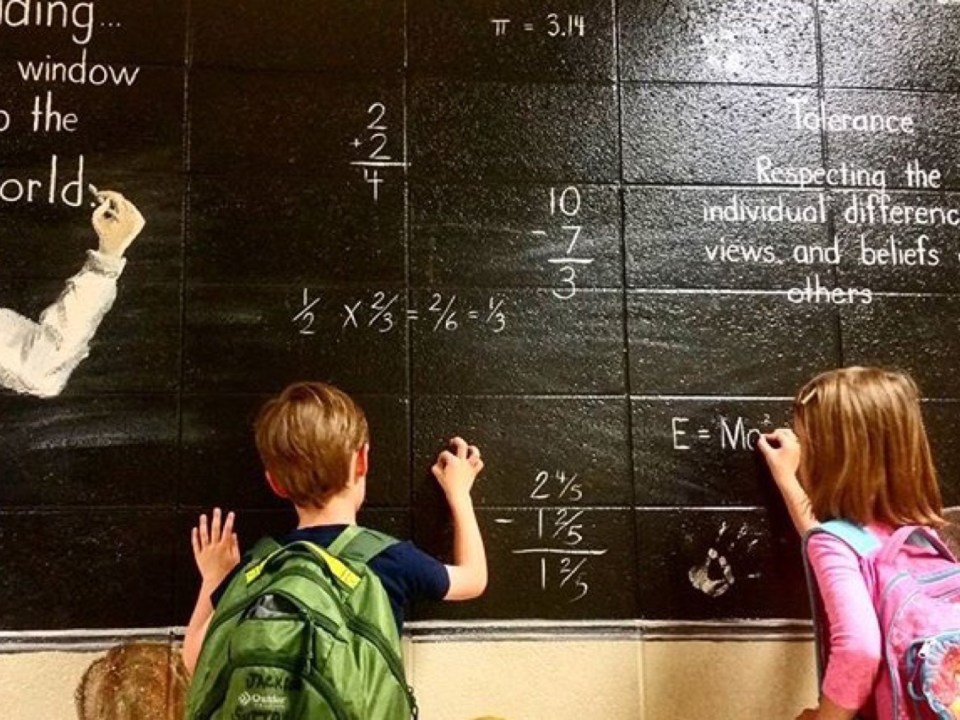
When it comes to addressing your child’s needs, there are several ways in which the law requires schools to provide these necessary educational services. They do so through a federal law that was established in 2004, known as IDEA, or Individuals with Disabilities Education Act.
The IDEA provides rights and protections to children with disabilities, gives parents a voice, and ultimately requires school districts to provide each student with a free appropriate public education (FAPE) in the least restrictive environment (LRE) to the maximum extent appropriate.
Student to student what the least restrictive environment is can vary based on individual needs and special considerations. The setting must be educationally sound, meaning the structure, student to teacher ratio and specialized services or lack thereof, are designed to enable the student to continue to progress within their curriculum.
What does the Least Restrictive Environment mean?
The IDEA ensures that students with disabilities will be provided with an education in the regular classroom given appropriate aids and supports alongside nondisabled peers to the maximum extent appropriate and in so long as it’s educationally appropriate. In doing so, students with disabilities are not only given an individualized plan (IEP) fit to meet their unique educational needs, which ultimately facilitates and creates an environment where the student can thrive, but also the IEP should ideally provide opportunities for inclusion, even to students with moderate to severe disabilities. The benefits of inclusions apply not only to children with mild challenges, but also to those with moderate to severe, contrary to popular opinion. Inclusion is a vital part of a child’s educational process as it gives the child the right social and emotional tools to use in their journey within and outside their schooling years. We live in an inclusive world. There aren’t self contained “special” classrooms in higher education and I haven’t seen any companies that exclusively hire persons with special needs. We must all, disabled and nondisabled, learn to work together and effectively utilize one another’s unique skill sets, strengths and weaknesses. This is a vital part of coexisting as a diverse and strong country.
What does the acronym FAPE mean?
The IDEA deems it important that the parents of children with disabilities are provided with procedural safeguards to allow them to advocate for the educational rights of their child. This involvement of meetings, examination of records, and participation in the decisions of setting and placement for their child helps ensure that the parent has a voice. These concepts are applied through the development of an IEP, where the parents and a school team work together to outline the services necessary for the child to benefit from their educational program and beyond. They must be reviewed and updated every year. The IEP is not a static document, it should evolve over the course of a child’s educational journey, and hopefully tells a story of progress.
To learn more about LRE and Inclusion, please contact:
Krista Barth, Special Needs Advocate
krista@myeducationalsolutions.com
305-510-6739